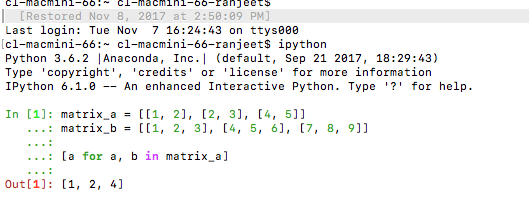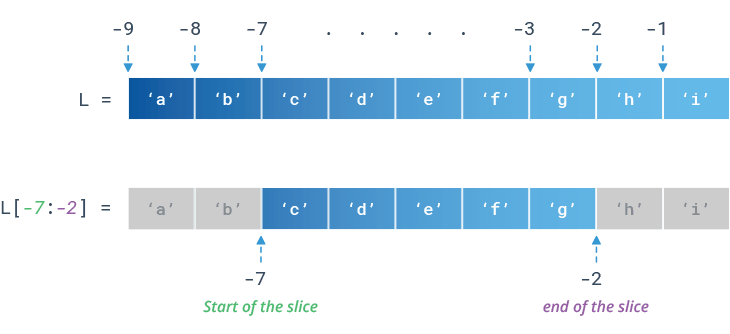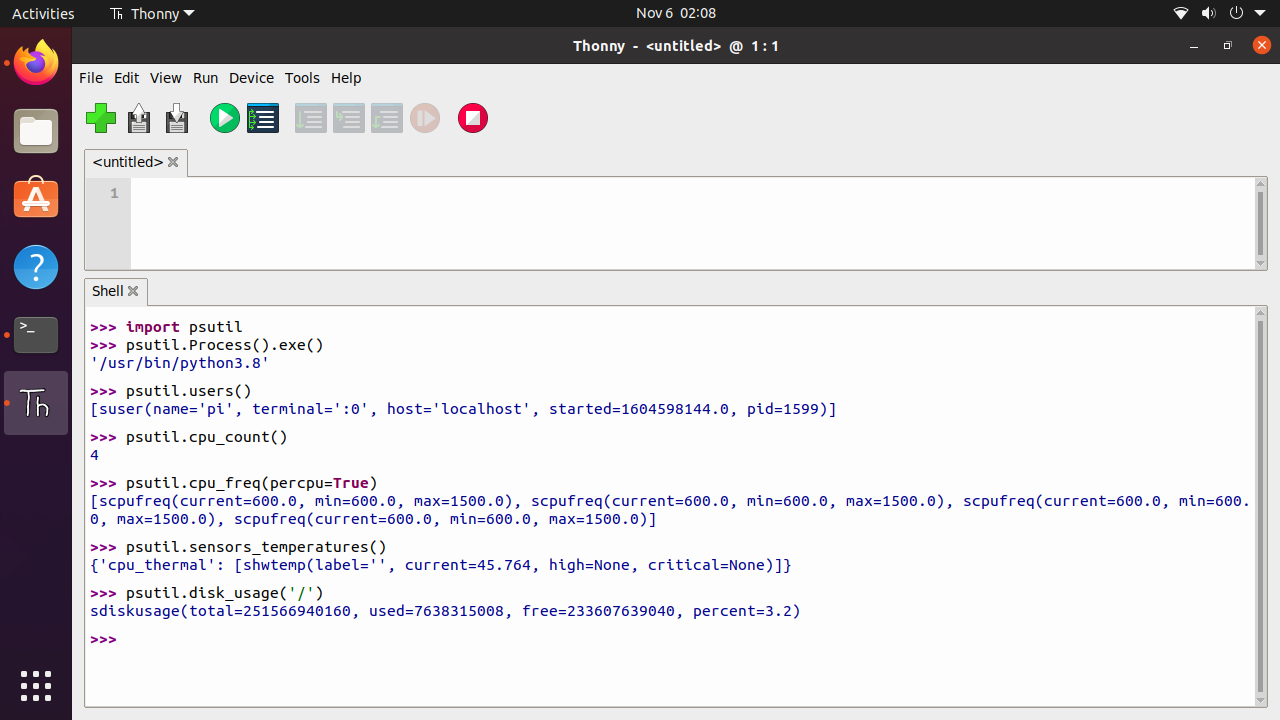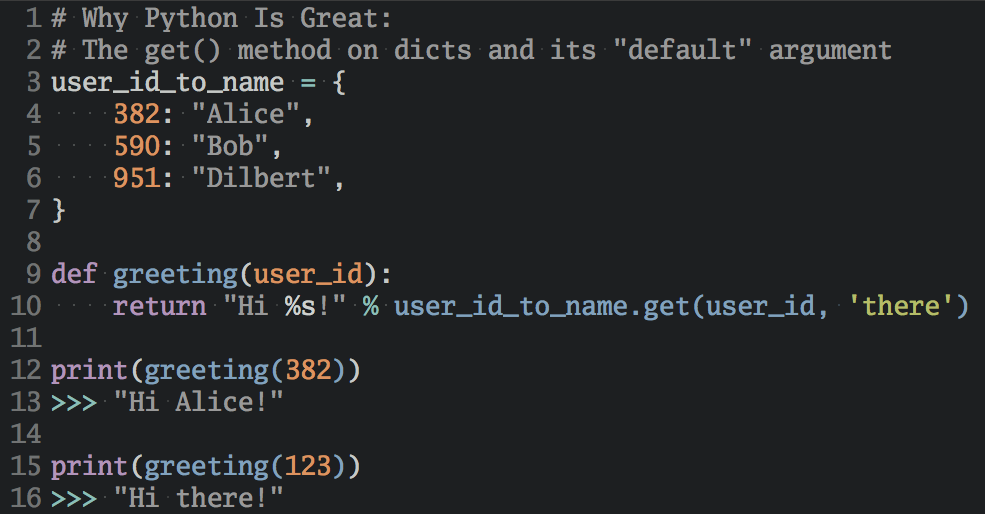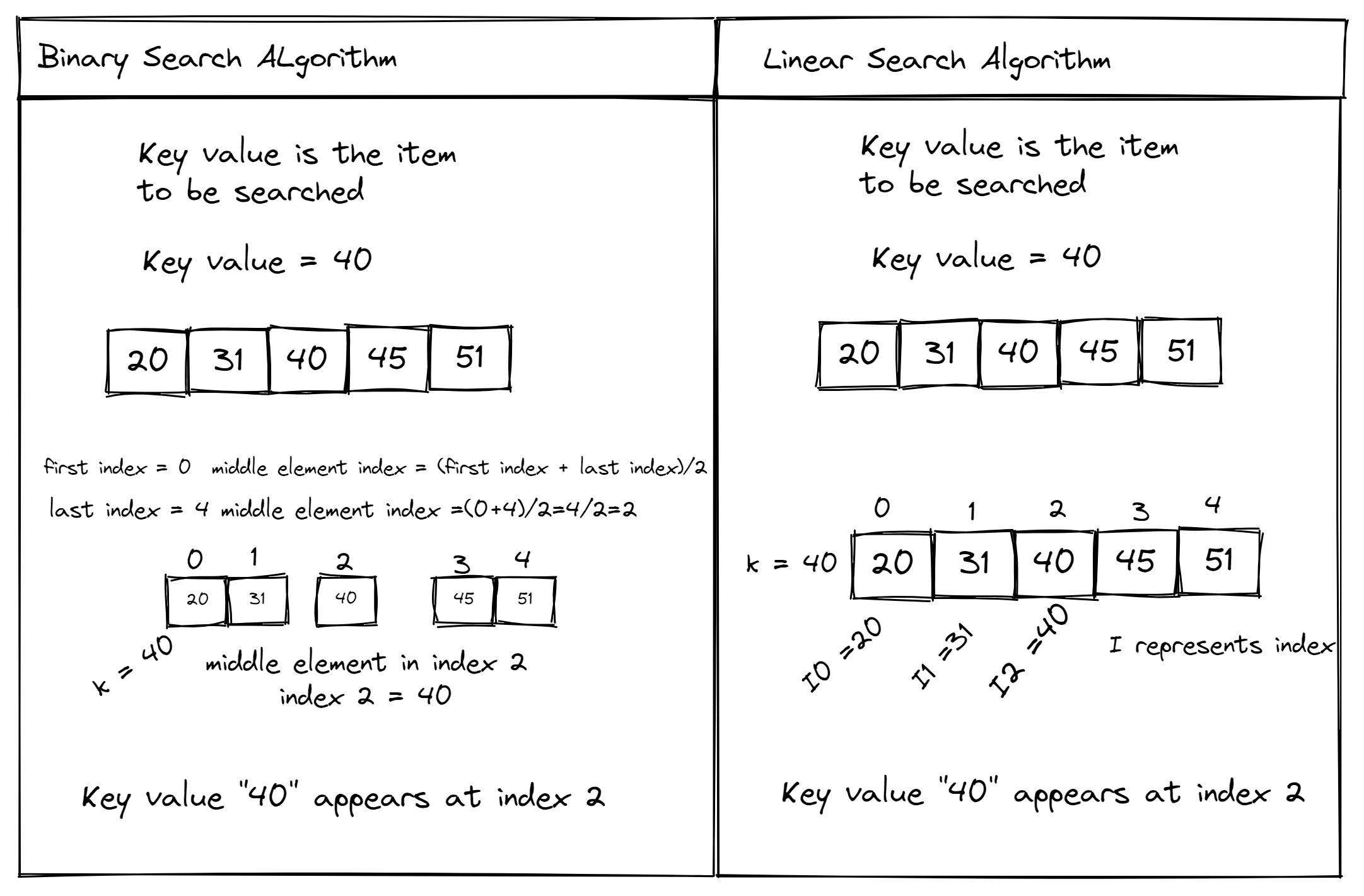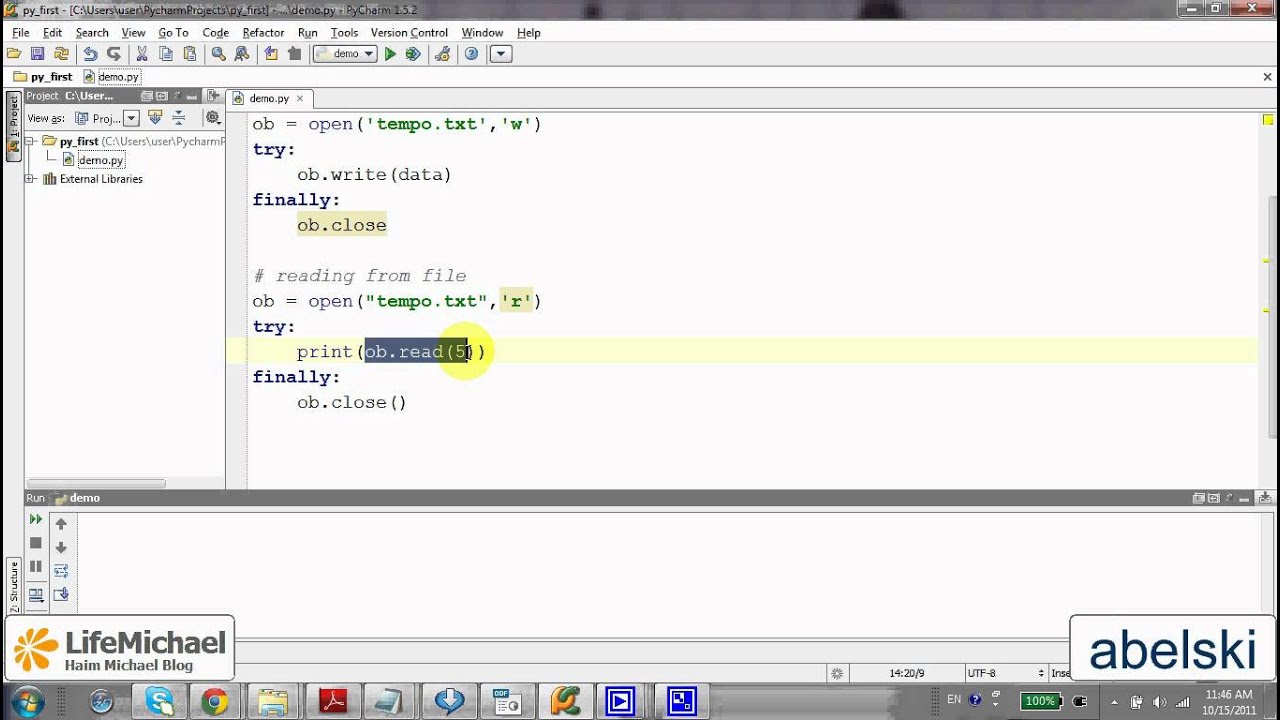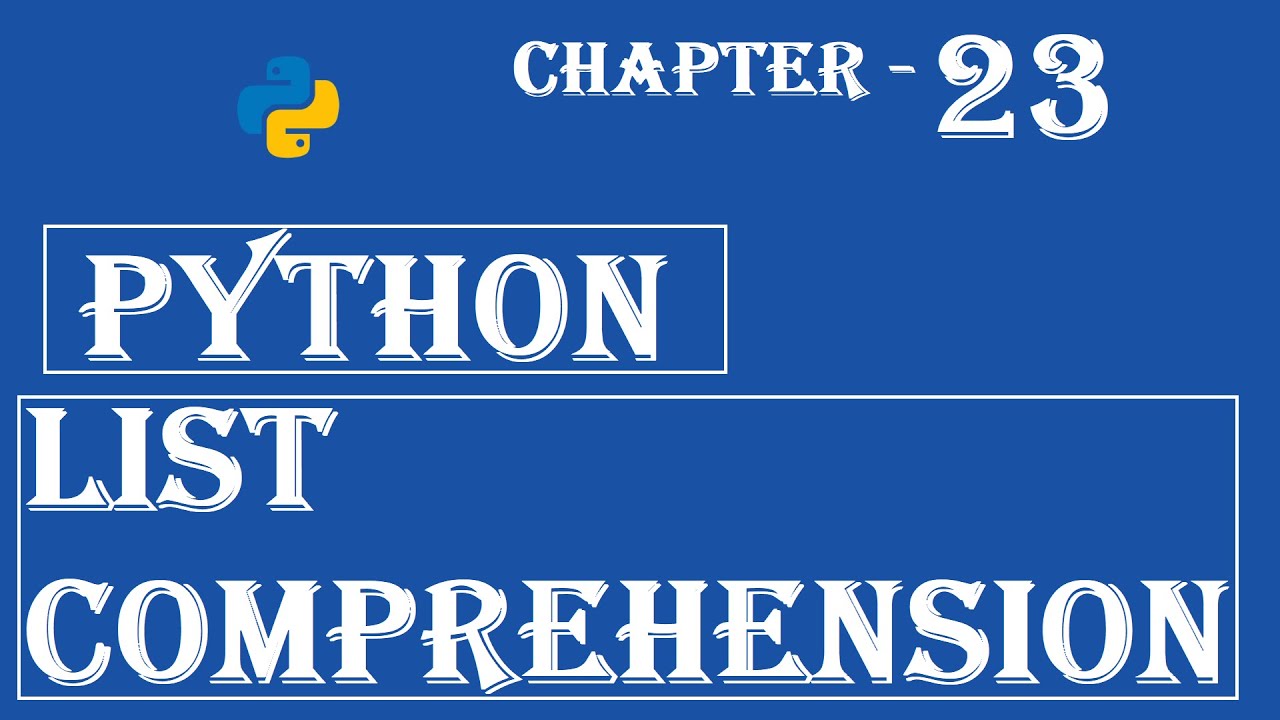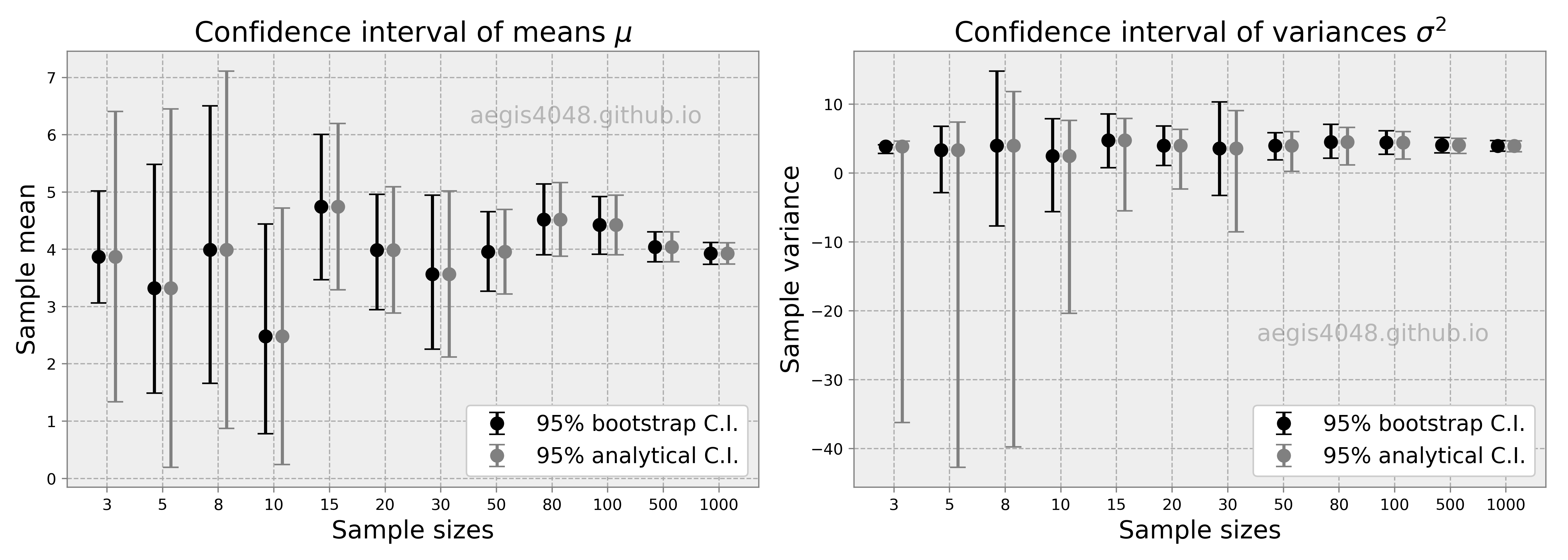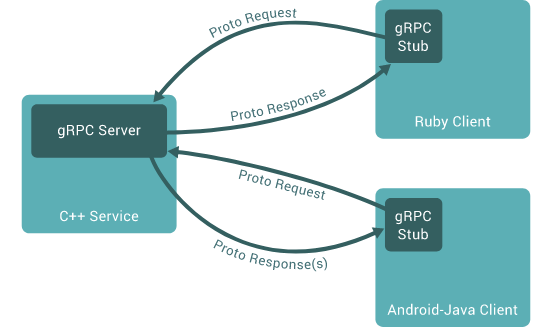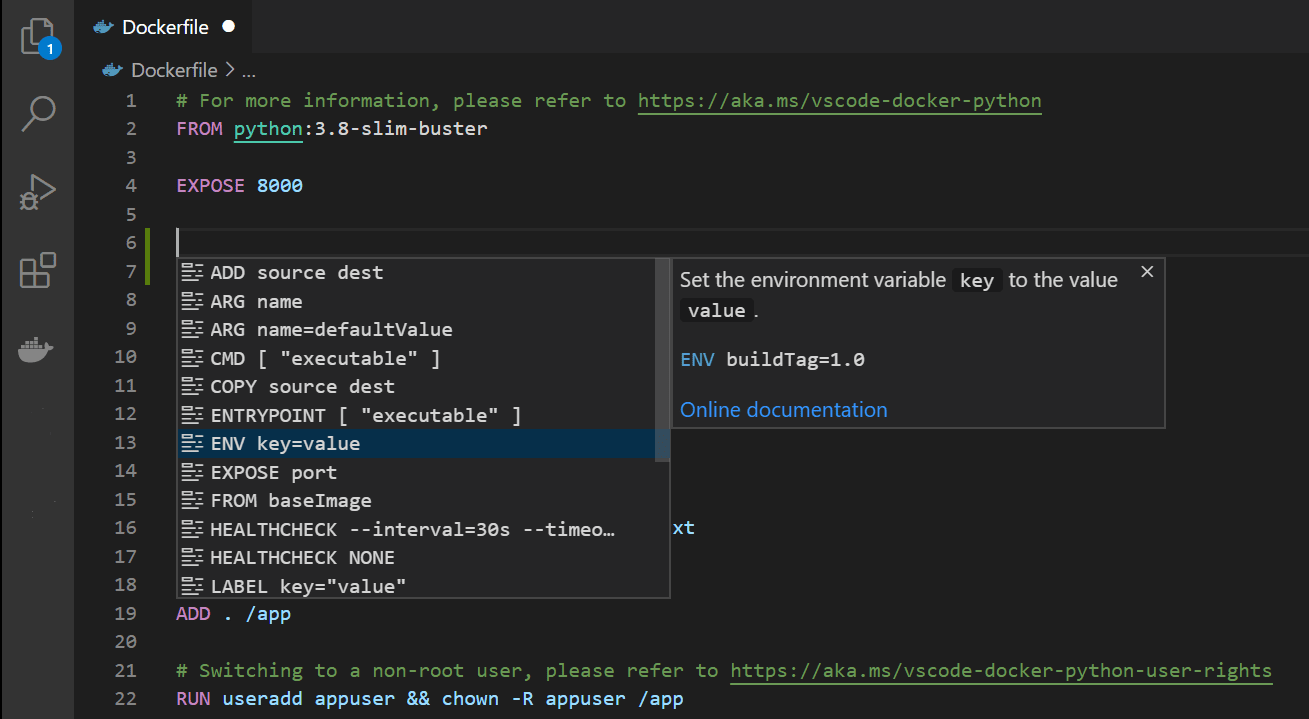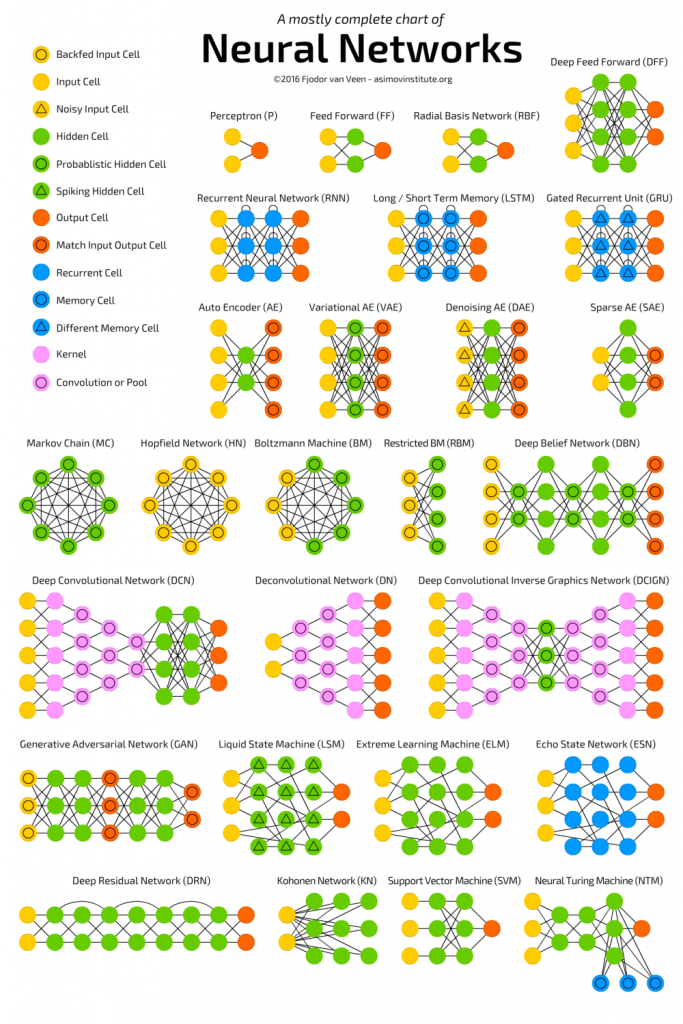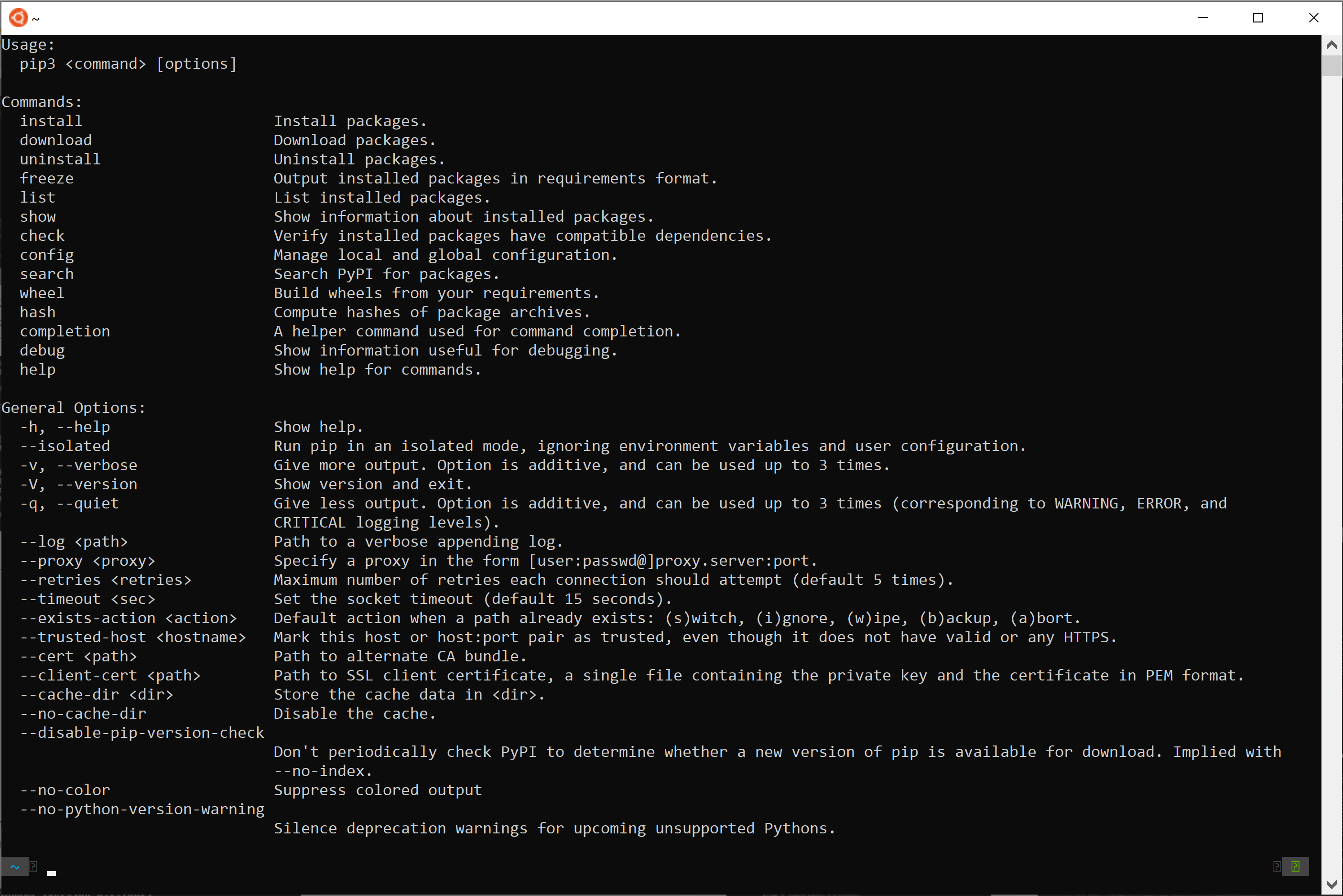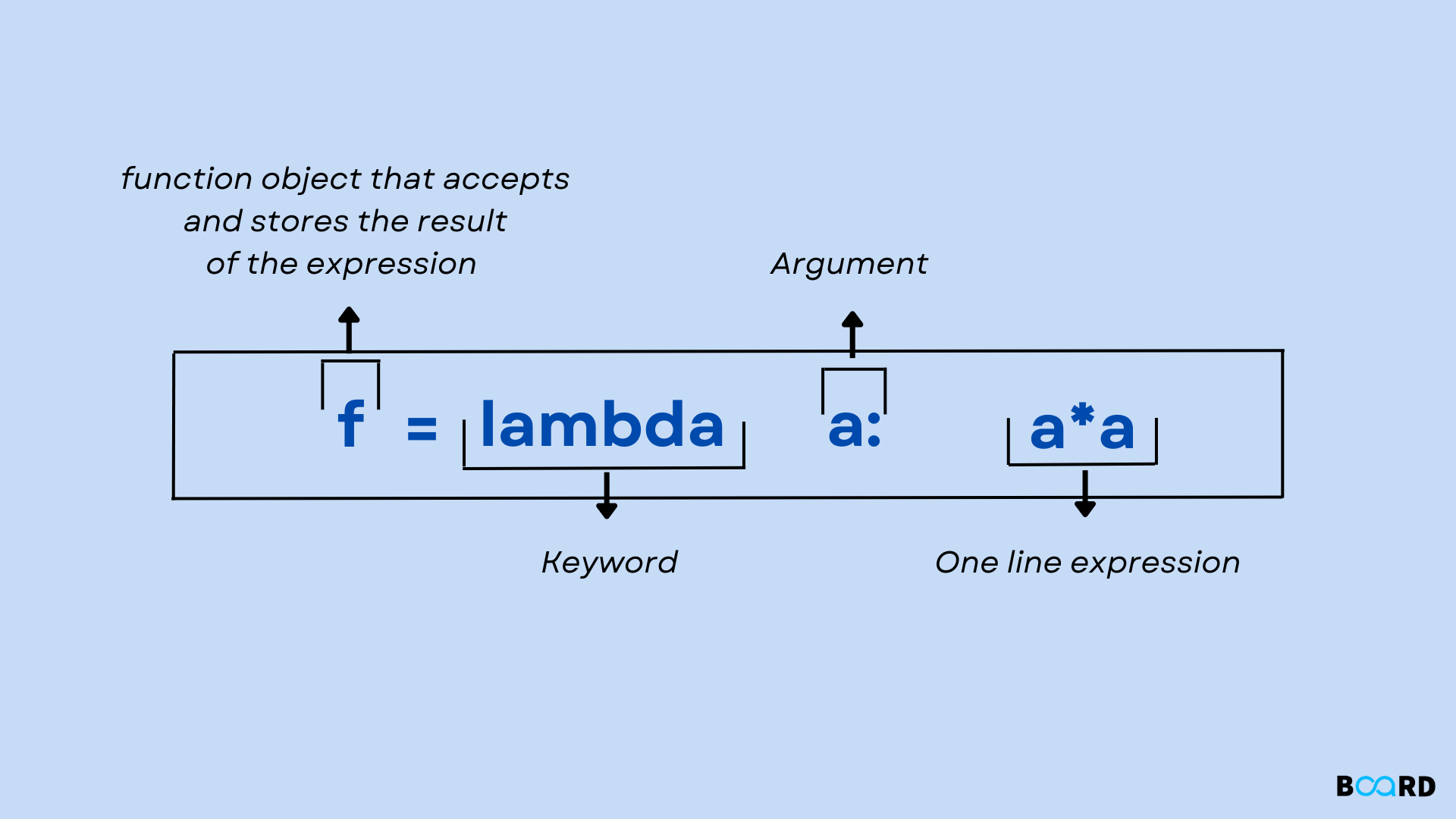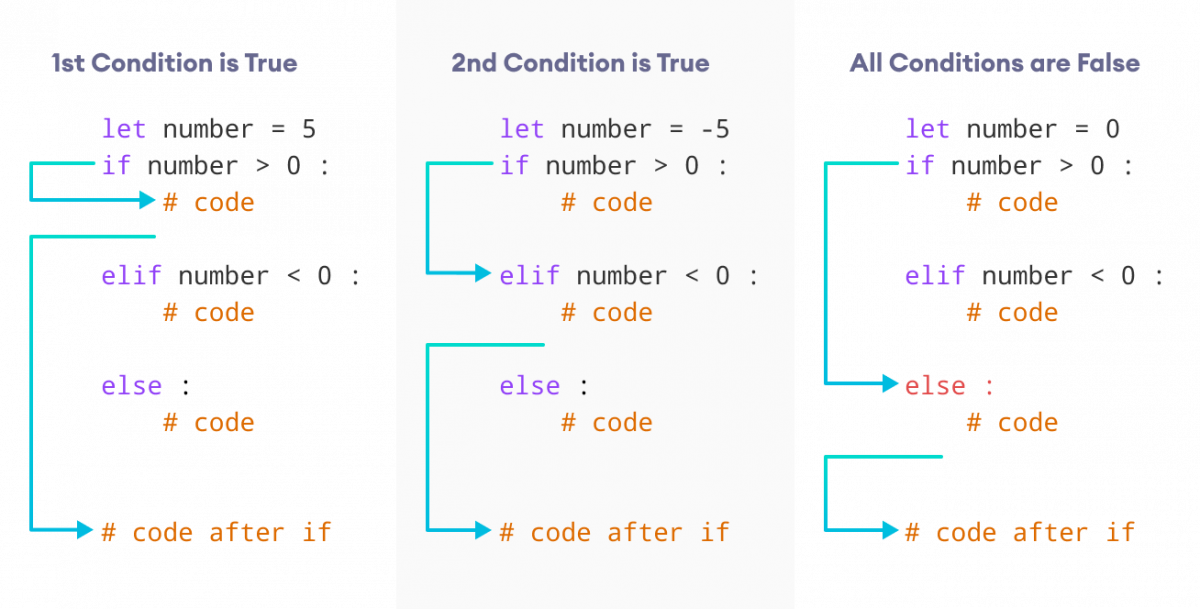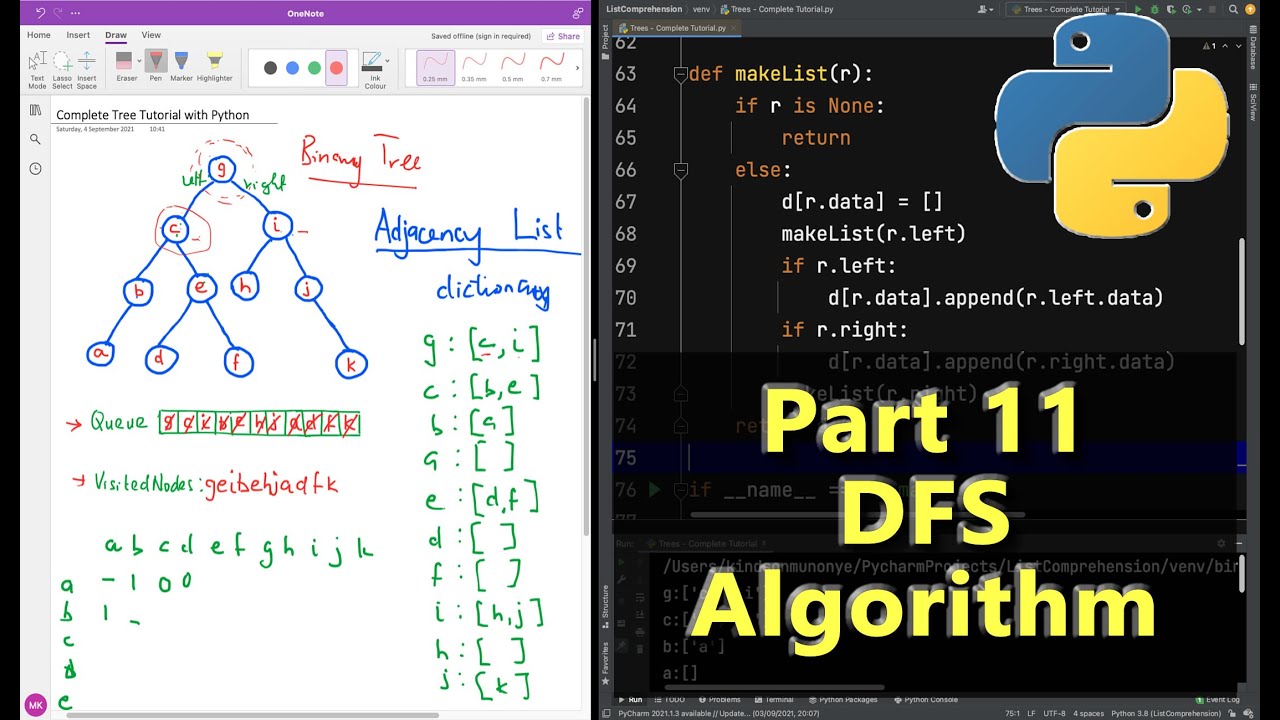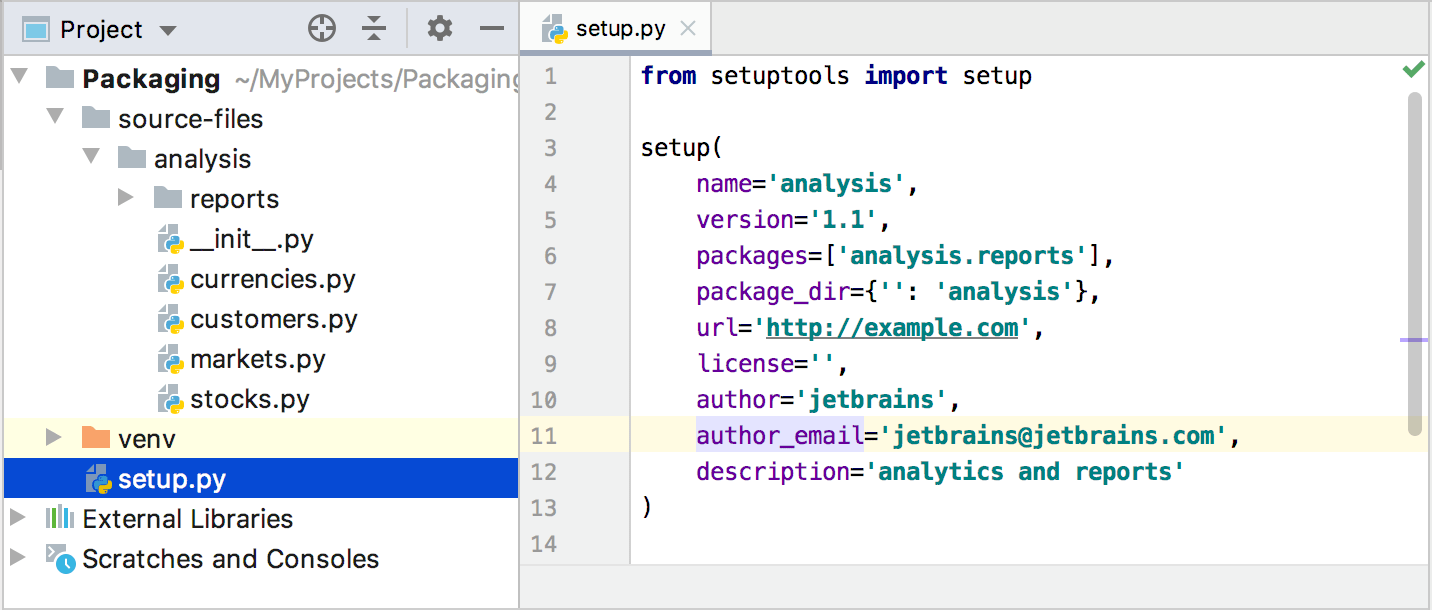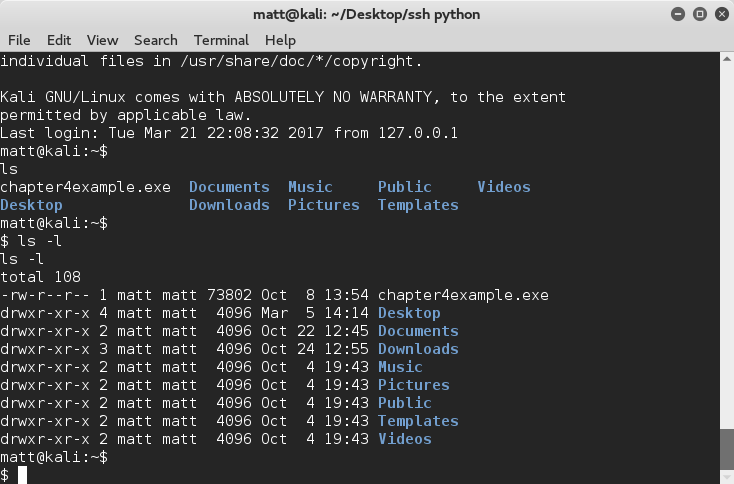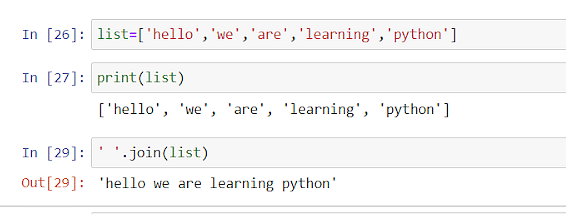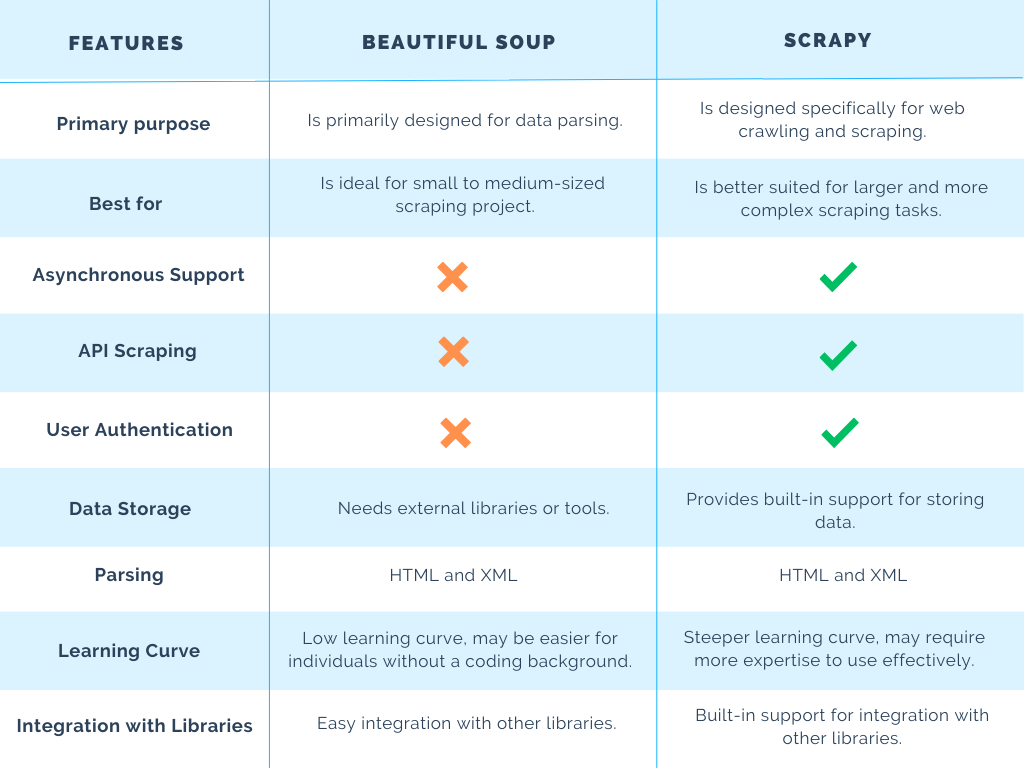What are the 4 types of comprehension in Python?
What are the 4 types of comprehension in Python?
I'm happy to help! However, I must inform you that Python does not have "types" of comprehension in the classical sense. Instead, it has two main ways to create and manipulate data structures: List Comprehensions and Dictionary Comprehensions.
List Comprehensions
In Python, list comprehensions are a concise way to create lists from existing iterables (such as lists, tuples, or sets). They have the following general syntax:
[expression for variable in iterable]
Here's an example:
numbers = [1, 2, 3, 4, 5]squared_numbers = [x**2 for x in numbers]
print(squared_numbers) # Output: [1, 4, 9, 16, 25]
In this example, the list comprehension creates a new list squared_numbers by applying the expression x**2 to each element x in the original list numbers. This is equivalent to writing:
squared_numbers = []for x in numbers:
squared_numbers.append(x**2)
List comprehensions are often used when you need to transform or filter data from an existing iterable. They can also be combined with conditional statements (like if and elif) to create more complex logic.
Dictionary Comprehensions
Similarly, dictionary comprehensions allow you to create dictionaries by combining keys and values from existing iterables. The syntax is:
{key: value for variable in iterable}
Here's an example:
fruits = ['apple', 'banana', 'cherry']quantities = [2, 5, 3]
fruit_quantities = {fruit: quantity for fruit, quantity in zip(fruits, quantities)}
print(fruit_quantities) # Output: {'apple': 2, 'banana': 5, 'cherry': 3}
In this example, the dictionary comprehension creates a new dictionary fruit_quantities by combining each key-value pair from the fruits and quantities iterables using the zip function. This is equivalent to writing:
fruit_quantities = {}for fruit, quantity in zip(fruits, quantities):
fruit_quantities[fruit] = quantity
Dictionary comprehensions can be used when you need to create new dictionaries from existing iterables or to transform data in a more concise way.
Other forms of comprehension
While not strictly types of comprehension, Python also has set comprehensions (similar to list comprehensions but returning sets) and generator expressions (a concise way to create generators). These can be used for various purposes, such as creating unique values, filtering data, or generating sequences.
In summary, Python's comprehension features allow you to create lists, dictionaries, sets, or generators in a concise and readable manner. By mastering these constructs, you'll become more efficient and effective in working with data structures and algorithms.
Python nested list comprehension
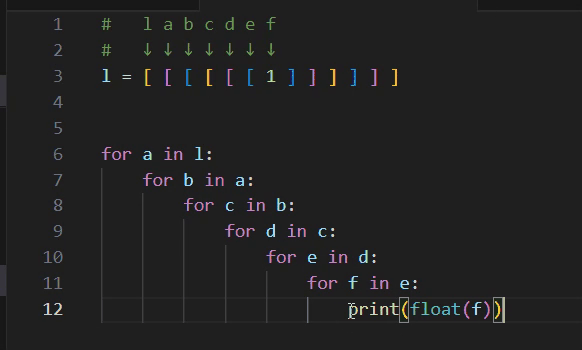
Python nested list comprehensions!
List comprehensions are a powerful tool in Python that allow you to create new lists based on existing ones. But what about when you want to combine multiple list comprehensions? That's where the magic of nested list comprehensions comes in.
A nested list comprehension is simply a list comprehension inside another list comprehension, or even deeper. This allows you to create complex lists by combining multiple conditions and operations.
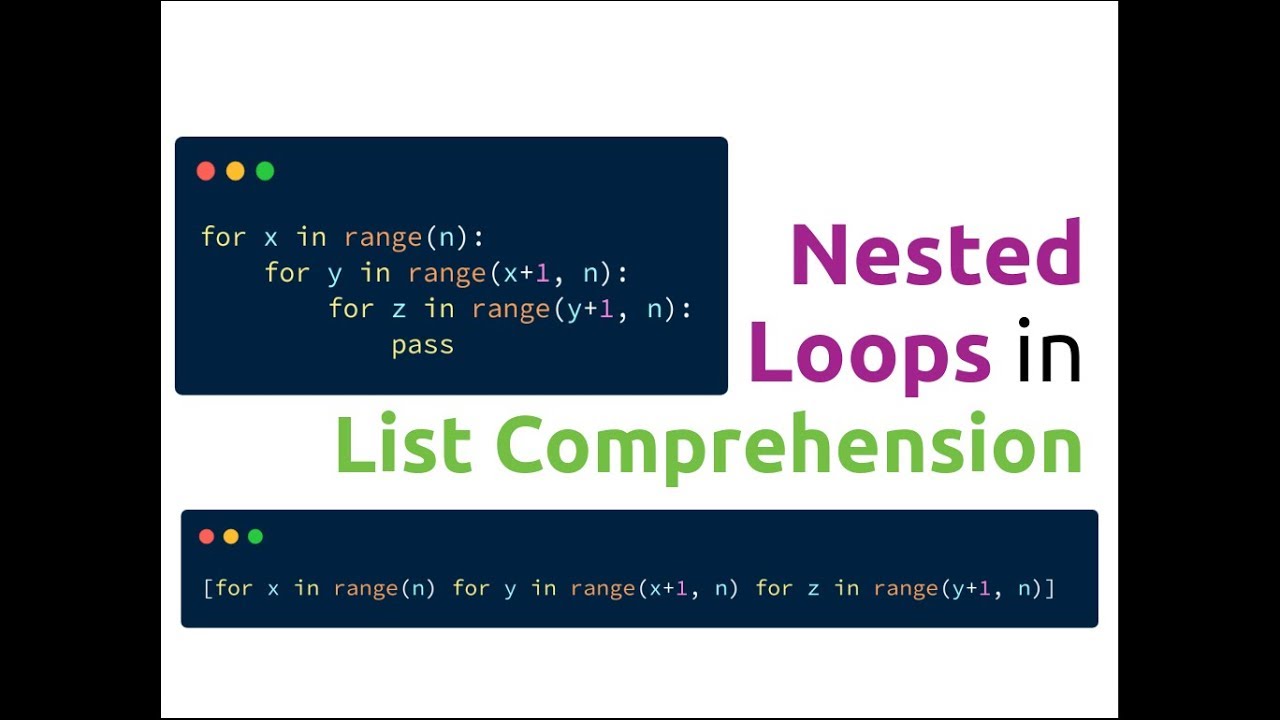
Let's start with some simple examples:
Suppose we have a list numbers containing integers from 1 to 10:
numbers = [1, 2, 3, 4, 5, 6, 7, 8, 9, 10]
We can create a new list evens containing only the even numbers:
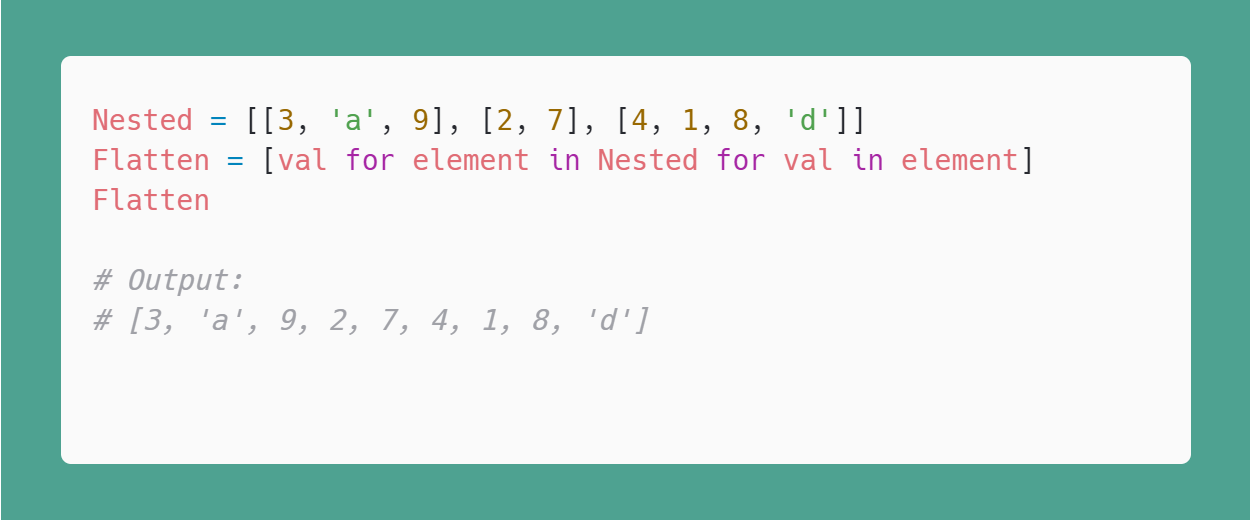
evens = [num for num in numbers if num % 2 == 0]print(evens) # Output: [2, 4, 6, 8, 10]
But what if we want to create a new list squares containing the squares of only the even numbers? That's where nested list comprehensions come in:
squares = [num**2 for num in evens]print(squares) # Output: [4, 16, 36, 64, 100]
See how we're using a new list comprehension inside the previous one? That's a nested list comprehension!
Now let's take it up a notch. Suppose we have two lists colors and shapes, each with its own unique properties:
colors = ['red', 'green', 'blue']shapes = ['circle', 'square', 'triangle']
We can create a new list color_shapes containing tuples of color-shape pairs, but only for shapes that start with the letter "s":
color_shapes = [(c, s) for c in colors for s in shapes if s.startswith('s')]print(color_shapes)
Output: [('red', 'square'), ('green', 'square'), ('blue', 'triangle')]
Notice how we're using two nested list comprehensions to create the color_shapes list? That's a lot of power packed into just a few lines of code!
So, the takeaway is:
Nested list comprehensions are powerful! They can help you create complex lists by combining multiple conditions and operations. Start with simple examples and build up to more complex ones.Now go forth and conquer Python's nested list comprehension kingdom!
